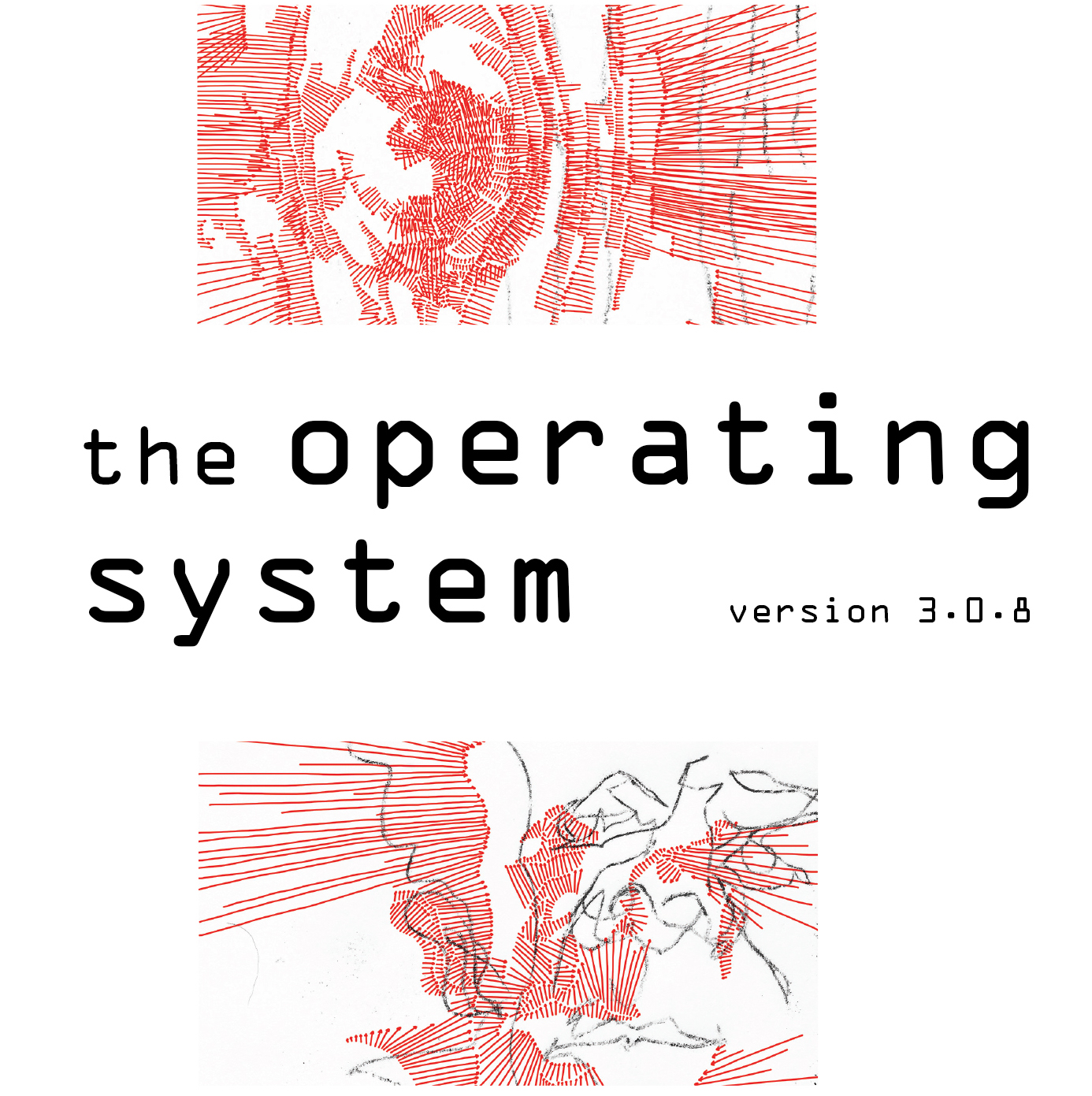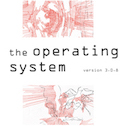OS Celebrates Women’s History Month, Pt 2 :: Stephanie Heit, from "The Color She Gave Gravity"
[box] FOR WOMEN’S HISTORY MONTH 2017, I WANTED TO HIGHLIGHT SOME OF THE WHOLLY ORIGINAL, CHALLENGING, SOMETIMES HEARTBREAKING WORK PUBLISHED ON THE OS BY WOMEN IN THE LAST FEW YEARS. TO FURTHER ENCOURAGE CELEBRATION, YOU ARE INVITED DURING THE MONTH OF MARCH TO PURCHASE ANY OF THE *17* BOOKS IN OUR CATALOG BY WOMEN FOR A 20% DISCOUNT (ENTERED AT CHECKOUT) USING THE CODE “THEFUTUREISFEMALE”.
.
WE CONTINUE OUR CELEBRATION WITH AN EXCERPT FROM STEPHANIE HEIT’s POETRY COLLECTION, THE COLOR SHE GAVE GRAVITY, AS WELL AS A CONVERSATION WITH THE POET AND DANCER ABOUT HER PRACTICE. THE COLOR SHE GAVE GRAVITY, (WHICH SOME LUCKY FOLKS PICKED UP IN EARLY COPIES AT AWP), HAS ITS OFFICIAL RELEASE ON 3/20. YOU’LL WANT TO PICK UP AN EXTRA FOR SOMEONE YOU LOVE.
.
AND SPEAKING OF INCREDIBLE WOMEN: THIS BOOK FEATURES ORIGINAL PHOTOGRAPHS BY GWYNNETH VANLAVEN! WE ARE SO GRATEFUL FOR HER GORGEOUS CONTRIBUTIONS TO THIS VOLUME.
.
ONWARD! – LYNNE DESILVA-JOHNSON[/box]
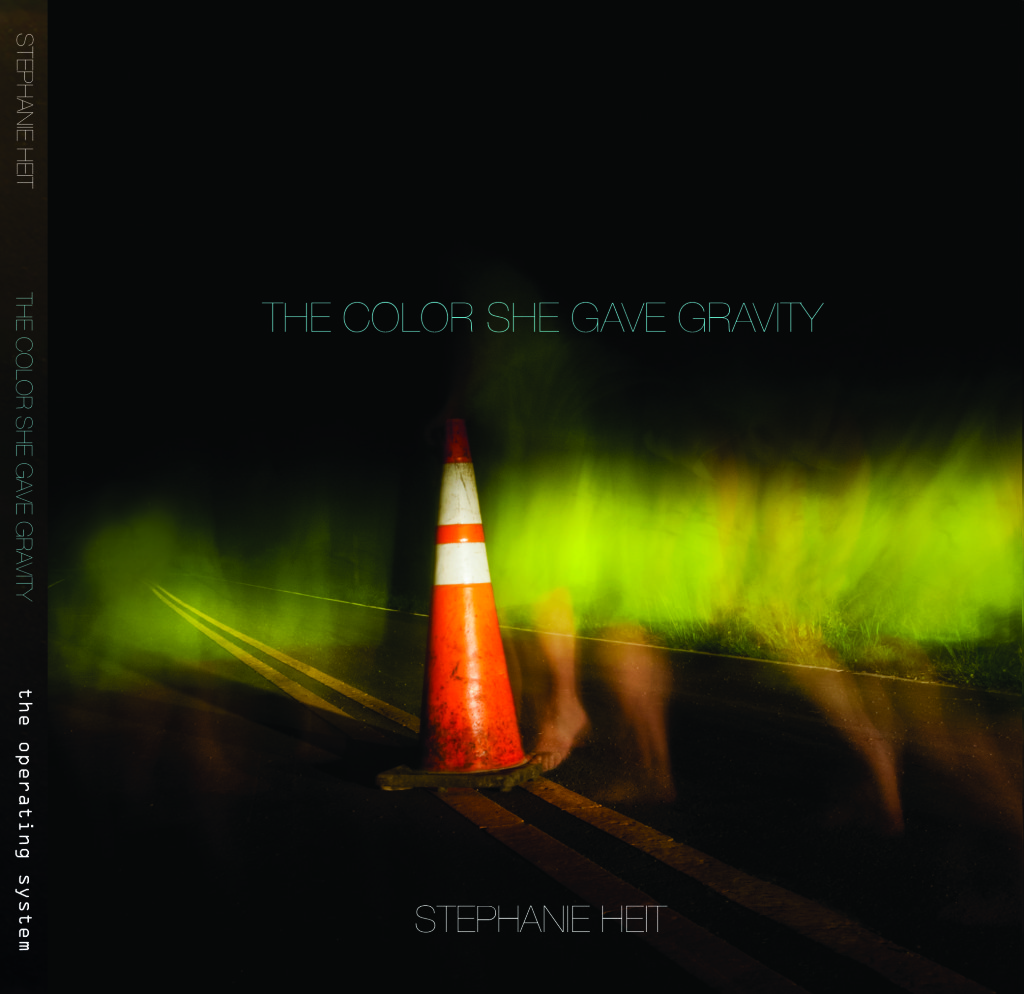
[line]
[box]an excerpt from Penumbra[/box]
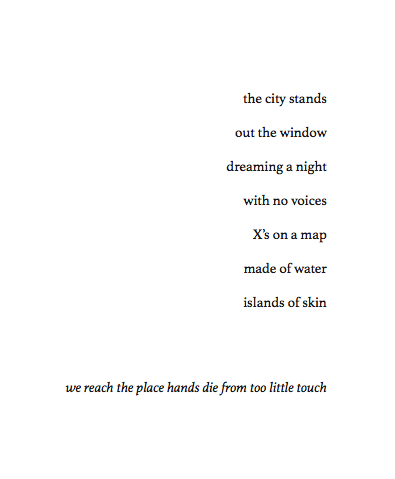
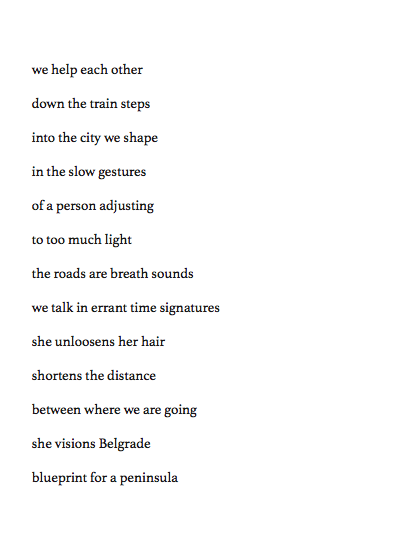
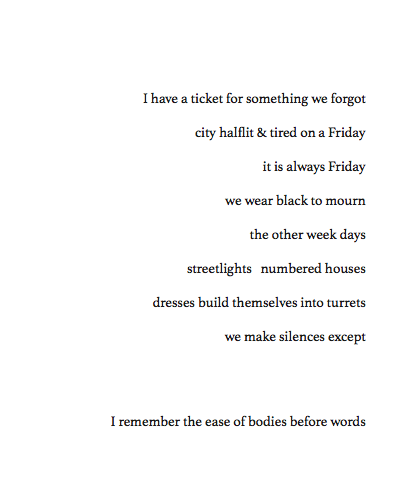
[line]

Heit (r) with her partner, the poet, performance artist, and disability activist Petra Kuppers (l), at the OS table at AWP 17.
[line]
[box] Stephanie Heit in conversation with Lynne DeSilva-Johnson.[/box]
What is your hope for The Color She Gave Gravity?
My hope for this book is open. I like to imagine The Color She Gave Gravity as a living, breathing thing – with desires and destinies independent of my own. I don’t know who this book will become or how it will traverse the spaces between paper and the bodies that hold it. I haven’t plotted its heartbeat or travel predilections. As a dancer, I’d love for the book to move in many directions, into many hands and to move the bodyminds of the people who read it. I hope it has a good life. Perhaps even some dog-eared pages or a spit mark where a finger was licked to make the turn.
How would you like your reader ideally to engage with the book?
Invitation / Incantation: Open the spine and read its nerve center. Come into the magnet of its compass. Tilt your gravity – make true north false. Write notes in the margins, circle words. Step inside a poem and have your skin temperature shift. Walk or wheel your usual route with a piece swaying your hips. I want this book to live inside your body and to change and be changed by you. I want this book to make its own weather and supply umbrellas.
What might it do in the world, and how will its presence as an object facilitate your creative role in your community and beyond?
Through disability culture poetry readings and its presence in the world, I intend for The Color She Gave Gravity to create spaces for difference, to invite engagement and exchange around queerness, neurodiversity and mental health difference. I love the book as container as well as vehicle to reach and embrace community. Drawing on the interdisciplinary and ekphrastic roots of this book, as part of my reading series for The Color She Gave Gravity, I will offer workshops of Contemplative Dance Practice. This is a form created by Barbara Dilley at Naropa University, which intertwines meditation, writing, movement – alone and together in open space. I’m delighted to share this practice integral to my creative life and one that held and informed the writing of this book.
What are your next projects?
This book clears space and tends the soil for future work. My current project, “The Psych Murders,” translates my experiences within the borders of the medical world and the psychiatric unit through erasure poems using my patient reports and documentation from shock treatments, pieces that explore suicidal ideation, memory and loss, interspersed with everyday living, at times limited by bipolar disorder but also expanded by it.
Can you share how other art forms influence your process?
As a poet and dancer, there is delight in the exchange between forms – movement to words, words to movement until the lines between disciplines become curves and then circles. Dance was my first language. Poetry was always woven into my creative practice but came into the foreground when movement wasn’t available to me due to disability. To continue to move and do what I love, words offered another way to sculpt space in the choreography of a poem.
How does disability impact your work?
As a disabled person, someone living with bipolar disorder, there are the specific tracks my particular experiences with mental health difference leave on the work. I value these. Navigating my bodymind through shifting states is another artistic discipline. This discipline also defines and organizes my artistic trajectory. I work with changeable fluxes in energy, interest, concentration, capacities. Labile depression, mania, hypomania and mixed states. Periods when I’m not able to read or write.
I thought this book would be published posthumously. In a recent five year period of intense depression and suicidality, many hospitalizations and treatments including electroconvulsive therapy, I included an earlier version of The Color She Gave Gravity with my suicide note. I placed the manuscript in a manila folder with instructions to loved ones to find a publisher.
When I was ready to reread my old manuscript there were sections I didn’t remember writing. The shock treatments caused brain damage and long term memory loss. I wasn’t sure whether to enter into these poems or ditch the whole project for something new. I wasn’t sure if I could still write. I wasn’t sure how to bridge my shifted bodymind with the bodymind that had written these poems.
How did you find your way to the final book manuscript that has become The Color She Gave Gravity?
Movement and place provided a bridge. I initiated overhaul and revision through working with the manuscript in authentic movement. This practice involves following impulse and desire to move with eyes closed while being witnessed. I took lines and invited the words to take new shapes. I spoke a line and then moved letting the language unfold. Then my partner offered a movement response based on her witnessing, and I jotted down a written response.
Love was also a key ingredient in this book coming to fruition. While The Color She Gave Gravity traces longing for connection between women, in the final stages of the manuscript before I began to send it out to publishers, I found connection: I fell in love. My beloved, Petra Kuppers, is also a poet in addition to a performance artist, disability activist and long list of other talents. She is skilled at manifestation. After being sick for so long and low on confidence and energy, her encouragement and example in letting work go and sending it out into the world as a vital part of the artistic process, was a huge support and guide for realizing this book.
What would be the best possible outcome for The Color She Gave Gravity?
The best possible outcome has already happened: For me, this particular book is about survival, not in content, but in its existence in the world and my existence alongside it.
[line]
“[I]n the slow gestures/of a person adjusting/to too much light” and with the faith of a chemist, Stephanie Heit sets fire inside her own dark and offers “light someone not yet arrived/will understand.” The Color She Gave Gravity is a breathtaking (which is to say, life-giving) book that both stills and energizes by breaking and reforming the unseen bonds of DNA, language, geography, and history.” – TC Tolbert
“Stephanie Heit’s ‘The Color She Gave Gravity’ is a sonorous force field calling on tenderness, care, vigilance and abandon. An all-encompassing clarity saturates mind, spirit, movement and emotion. To locate the blind spot and unburden experience of the horizon’s relentless pressure—this is what the text does tenfold, imparting and dispelling the inexplicable along peripheries and in intimately centered frames of movement: gorgeously evocative and intensely realized capacious psychic flows.” – Brenda Iijima
“Stephanie Heit has choreographed, in her first full-length poetry collection, a deeply engaging articulation of the interplay between mental illness and the creative instinct, history and destiny, and limitation and willful boundary. Here, we have an author brave enough to say “I suffer” and talented enough to excavate the lyrical beauty of that suffering. The Color She Gave Gravity offers the reader a textured view of a graceful body torn between trying to remember and trying to forget.” – Airea D. Matthews
“In these fierce, moving poems, we witness a self as it seeks its right path through those landscapes we call world. We are taken along, wandering through urban streets or across beaches that once were lakes, sometimes dreamily, sometimes searingly awake, digging through stories and years. These poems enact one of our most potent human gifts: our ability to find ourselves — tumbling, falling down, standing up — in proprioceptive relation to everything in our earthly realm.” -Eleni Sikelianos
‘The Color She Gave Gravity’ traces longing for connection between women. An ecopoetics of the bodymind, these poems take us inside a dance inside an imaginary city inside sculpted spaces inside the insomniac body inside sister grief inside she. The work emerges from a landscape of somatic engagement and by experiences of psychiatric systems and multiple hospitalizations.
Cover Photo: “Crossing Visible,” by Gwynneth VanLaven
[line][line]
[box] Check out Part 1 of this series, an excerpt of Caits Meissner’s poetry comic “Homegirl Manifesto,” from her collection, Let it Die Hungry.[/box]
